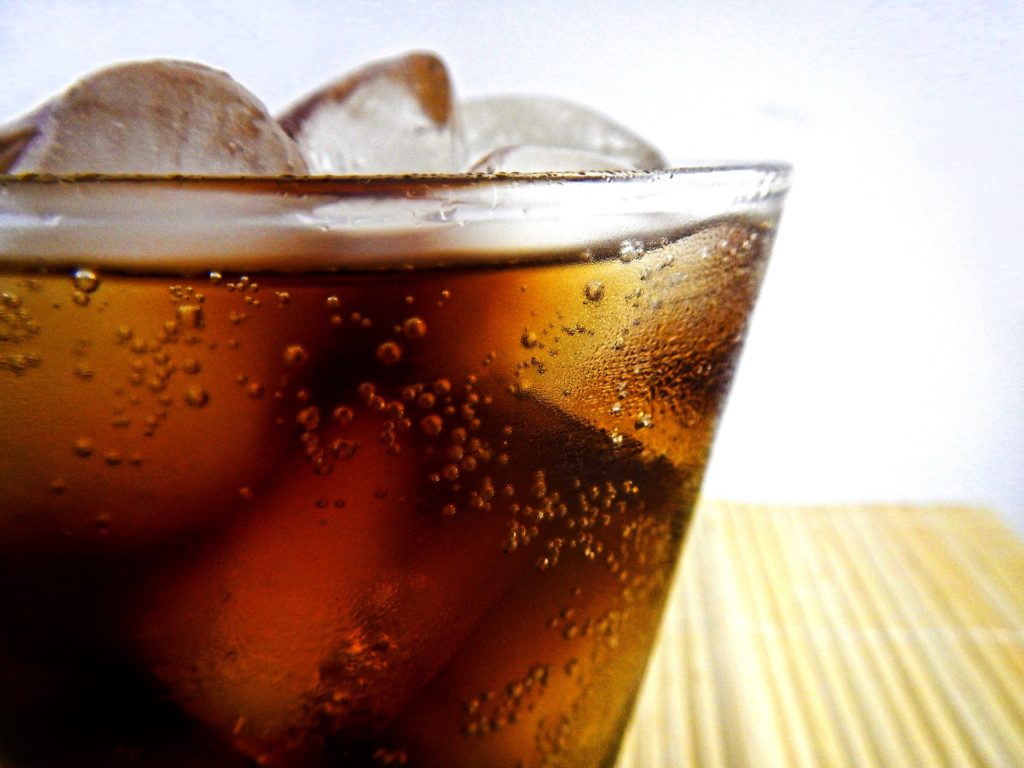Canadians might be shedding more than just their winter coats this summer; they might even be shedding weight according to a new Conference Board of Canada report which showed that Canadian consumers are reducing calorie intake from liquid refreshment beverages (LRB). In fact, the report showed that since 2004, consumption has declined over 30 percent.
The report showed that consumers are getting less of their calories from carbohydrates and sugars. In all provinces, consumption per capita is down and average calories had decreased even more. When it came to overweight Canadians, the report showed less of the calories consumed came from liquid refreshment beverages. It was found that obese Canadians consume even less LRB calories than non-overweight consumers. In fact, there was a 45 percent and 41 percent calorie reduction from refreshment drinks among overweight and obese Canadians, respectively, in 2015 as opposed to 2004.
Children are also taking a direction toward health by also reducing their intake of LRB calories. This is being done by reducing the amount of fruit drink servings and lowering calories from fruit juices. When it comes to overall calories, large declines from refreshment beverages were seen in British Columbia and Alberta.
“Looking deeper into demographic groupings and regional differences allows us to better understand the reductions in calories from sugar. It shows calories are down across most categories and all regions as Canadians shift to lower or no calorie beverages,” said Dr. Jeane Charles LeVallee, Associate Director, Food Horizon Canada, The Conference Board of Canada.
The food industry might have to pay attention now, especially considering the goal of The Conference Board – reducing 20 percent of calorie intake from liquid refreshments by 2025. Manufacturers of sodas and juices have already been attempting to make their products healthier in order to appeal to consumers.
For example, PepsiCo announced the launch of their new sparkling water drinks called Bubly earlier this year. This product launch came after American consumers were seen to stray from sugary and high-calorie beverages. Since Pepsi is very well known to be high in both of those things, investing in carbonated water was a good opportunity for the company.
“When we looked at the sparkling water category, we saw an opportunity to innovate from within by building a new brand and product from the ground up to meet consumer needs. We created bubbly to provide consumers with a great-tasting, flavorful, un-sweetened sparkling water in a fun, playful and relevant manner that is unlike anything we’ve see in the sparkling water category today,” said Vice President, Water Portfolio – PepsiCo North America Beverages, Todd Kaplan.
PepsiCo wasn’t the only company to try and push their products in a healthier direction. Coca Cola recently released a no-sugar, stevia-sweetened coke. Much like PepsiCo, the company was trying to appeal to more heath-conscious consumers.
Other beverage manufacturers can take note on what these companies are doing in addition to the several ways they can reduce sugar and calories in their own beverages. Without changing their products to fit the new lifestyles of Canadian and American consumers, companies could lose out on a lot of sales.












Join or login to leave a comment
JOIN LOGIN